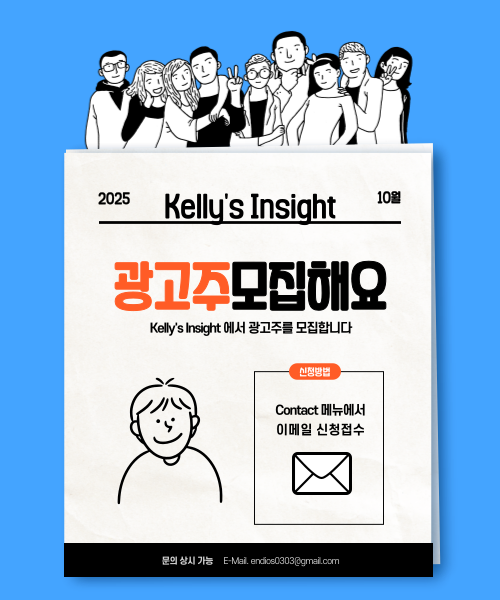When you first start learning Korean, you might notice something fascinating: the language feels alive. It has a way of capturing subtle moods, intensities, and social relationships that often take entire phrases to convey in English.
This expressiveness is a key reason why Korean music, film, and dramas translate so powerfully across the globe. It’s not accidental; it’s baked into the language’s core structure.
From the way Koreans describe the sound of a puppy running to how they speak to their boss, every interaction is filtered through linguistic rules that create a rich emotional tapestry. Here are the three main linguistic secrets that make the Korean language so incredibly expressive. 😊
Pillar 1: The Expressive Power of Honorifics (Jondaetmal) 🗣️
The most defining feature of Korean is its highly developed system of honorifics, known as “Jondaetmal (존댓말)”. This isn’t just about saying “please” or “thank you”; it’s a system of grammatical endings, vocabulary choices, and verb conjugations that changes based on the relative age and social rank of the speaker and listener.
In English, we say, “Did you eat?” In Korean, you choose from several levels, from the most polite (used with elders or strangers) to the most casual (used with close friends or children).
This instantly establishes the relationship and the mood of the conversation, adding a layer of social expressiveness that is vital to the culture.
To avoid being rude, Koreans often minimize or completely omit the direct pronoun “you” (“neo” or “dangsin”). Instead, they use a person’s title (e.g., “Seonsaengnim” – teacher, or Sajangnim – boss) when speaking politely. This expresses respect more clearly than any single word ever could.
Pillar 2: The Vocabulary of Texture and Sound (Ideophones) 💥
This is where the language truly shines in its vibrancy. Korean is packed with sound-symbolic words, called “ideophones” or mimetic words, that describe movement, texture, feeling, or sound with incredible precision. They fall into two main categories:
| Category | Example | Meaning |
|---|---|---|
| Onomatopoeia (Sound) | Ping-geul ping-geul (핑글핑글) | Spinning lightly (like a small top) |
| Phonomime (Manner) | Ban-jjag ban-jjag (반짝반짝) | Twinkling brightly (like stars) |
| Intensity Shift | Jjol-git (쫄깃) vs. Jjil-git (찔깃) | Slightly chewy vs. very chewy/tough |
These words allow a speaker to paint a detailed picture with minimal effort. Instead of saying, “The noodles are a little chewy and have a good texture,” you can just say “jjol-git-haeyo” and instantly convey that exact culinary sensation.
Pillar 3: Flexible Grammar and Contextual Clues 🧩
Korean is an SOV (Subject-Object-Verb) language, meaning the verb always comes last. This structural feature is expressive because it allows the speaker to build anticipation and place the most important information (the action or result) at the end.
The Magic of Topic Markers 📝
Korean uses particle suffixes like “-eun/neun (은/는)” and “-i/ga (이/가)” to mark the topic and subject of the sentence, respectively.
👉 The use of the topic marker -eun/neun instantly signals that the speaker is shifting focus or making a comparison, adding a nuanced layer of context that English requires extra words to achieve.
Because Korean is a high-context language, speakers often omit the subject entirely if it is clear from the situation. For instance, in a restaurant, a single word like “Juseyo (주세요 – Please give me)” is enough to order something. This efficiency of omission makes the language feel much more direct and emotionally immediate than a fully constructed English sentence.
Key Takeaways: A Quick Recap 📝
The expressive nature of the Korean language is a perfect blend of social respect, descriptive vocabulary, and flexible structure:
- Social Subtlety: Honorifics (Jondaetmal) automatically encode respect, hierarchy, and formality into every verb and noun.
- Vivid Descriptions: An abundance of ideophones and mimetic words allows speakers to describe sounds, movements, and textures with stunning detail using minimal words.
- Contextual Efficiency: The ability to omit the subject and use subtle topic markers makes communication quick, efficient, and emotionally focused.
Frequently Asked Questions ❓
Hangeul’s Secret to Expression
The expressiveness of the Korean language is a direct reflection of its culture: intensely focused on social harmony, detail-oriented, and dynamic.
Whether you’re listening to a K-pop ballad or having a simple conversation, you’re experiencing a language that effortlessly conveys layers of meaning—social status, mood, and sensory detail—all within a single sentence. It’s a beautifully complex system.
What’s the most expressive Korean word you’ve heard or learned? Let me know below! 😊









Leave a Reply